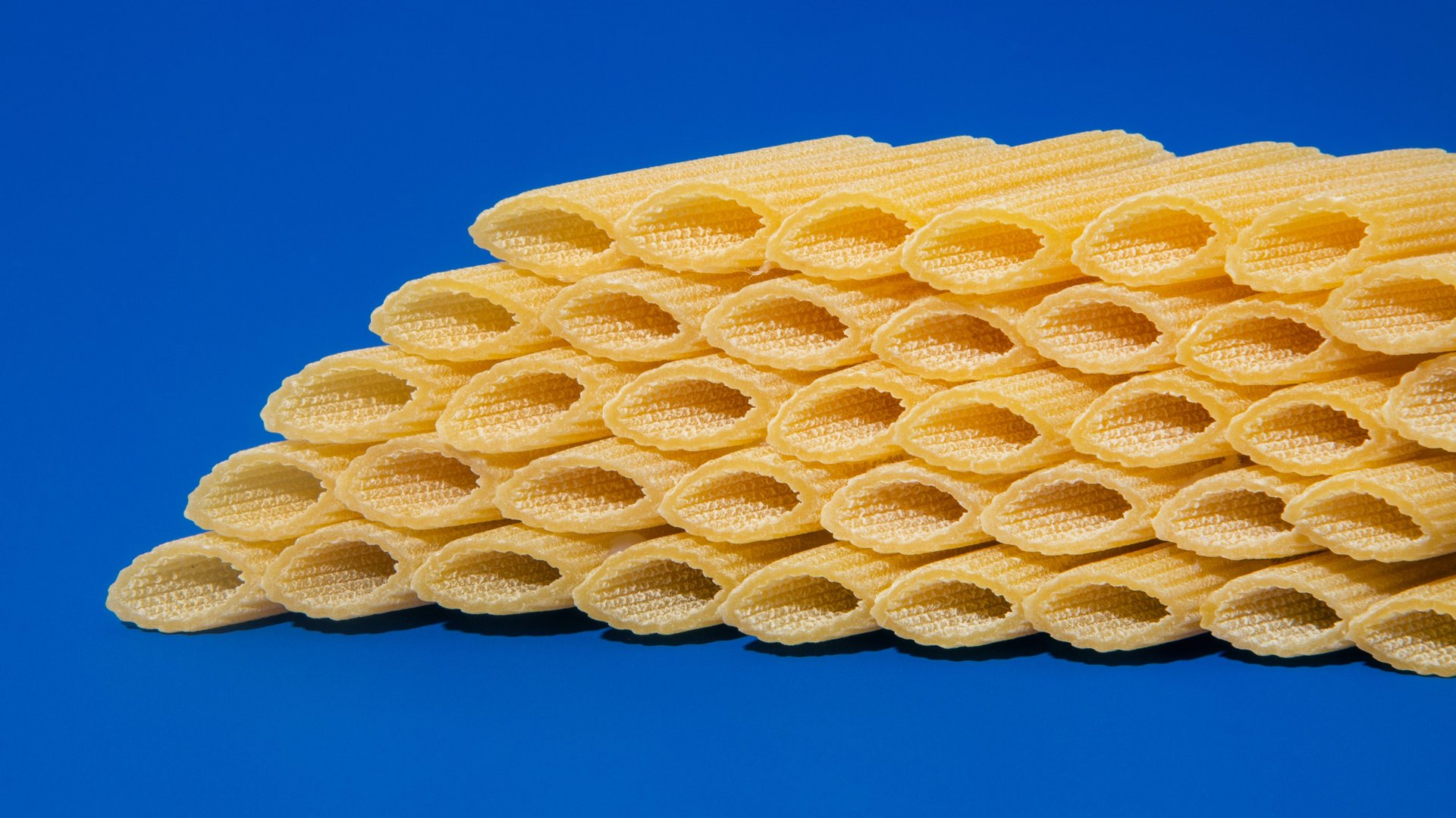Pasta: A global staple
Pasta’s path to pantries all over the world is inextricably tied to Italy, the country that used technology and mass production to turn a homemade food into a commercial product. Even as pasta-makers market an idealized version of the Italian lifestyle to the world and to Italians themselves, some of the things that make pasta the taste of home might be due for a rethink.


Pasta’s path to pantries all over the world is inextricably tied to Italy, the country that used technology and mass production to turn a homemade food into a commercial product. Even as pasta-makers market an idealized version of the Italian lifestyle to the world and to Italians themselves, some of the things that make pasta the taste of home might be due for a rethink.
Sponsored by EY
Discover how EY can help you unlock new opportunities to reframe your future: https://www.ey.com/en_gl/reframe-your-future
Listen on: Apple Podcasts | Spotify | Google | Stitcher
Featuring
Kira Bindrim is the host of the Quartz Obsession podcast. She is an executive editor who works on global newsroom coverage and email products. She is obsessed with reading and reality TV.
Annalisa Merelli is a senior reporter at Quartz, covering the intersection of inequality and healthcare. She is obsessed with plants, contemporary Indian fashion, and pointing out when you are wrong about anything Italian—especially food.
Pasta made in workshops in Sicily, 1200 (link in Italian)
Pasta made in Naples and Genoa to be stored and traded, 1600 (link in Italian)
1600, in Parma, making pasta of the “Genoa type” (link in Italian)
Two big technological moments—artificial drying (1914), continuous press (1933)
This episode uses the following sounds from freesound.org and dargolan-free.com: